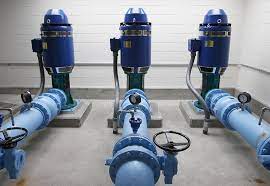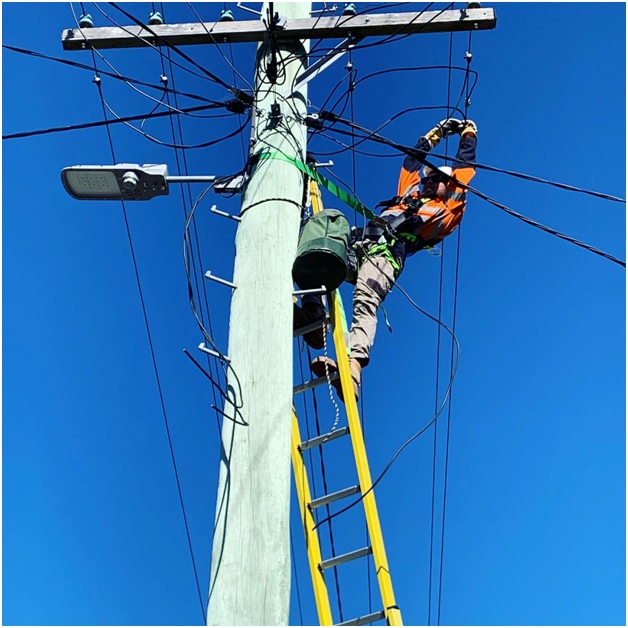Submersible pumps are an incredible innovation in the world of fluid mechanics, offering unparalleled efficiency and versatility. These pumps are specifically designed to operate while being completely submerged in liquid. Their unique design and functionality make them an ideal solution for a variety of applications, ranging from residential to industrial uses.
What are Submersible Pumps?
Submersible pumps are a type of pump that can operate entirely underwater. Unlike traditional pumps, which need to be positioned above the liquid and often require a lot of space, submersible pumps are compact and can be fully immersed in the fluid they are pumping. This unique feature not only saves space but also enhances the pump’s efficiency.
How Do They Work?
The working principle of a submersible pump is fairly straightforward. The pump contains a hermetically sealed motor close-coupled to the pump body. When the pump is submerged, the liquid enters through an intake and is pushed through the pump by an impeller, which is a rotating part of the pump. The motor drives this impeller, creating the force necessary to move the fluid.
Advantages of Submersible Pumps
- Efficiency: One of the main benefits of submersible pumps is their efficiency. Being submerged in the fluid, they don’t have to spend energy on drawing the liquid into the pump, which is a common issue with external pumps.
- Space-saving: Submersible pumps require less space since they are installed underwater. This is particularly advantageous in confined spaces.
- Quiet Operation: Operating underwater naturally dampens the noise, making submersible pumps much quieter than their external counterparts.
- Low Maintenance: These pumps have fewer moving parts and are less susceptible to external elements, reducing the need for frequent maintenance.
- Versatility: They can be used in various settings, including residential, commercial, and industrial applications.
Applications of Submersible Pumps
- Drainage and Sewage: Submersible pumps are widely used for draining flooded areas, sewage pumping, and slurry pumping.
- Deep Well Pumping: They are ideal for drawing water from deep wells, where using a surface pump is impractical.
- Industrial Pumping: Industries use these pumps for various tasks, including pumping hot water, chemicals, and wastewater.
- Irrigation: In agriculture, submersible pumps are used to draw water for irrigation purposes, especially from deep sources.
Choosing the Right Submersible Pump
When selecting a submersible pump, consider the following factors:
- Flow Rate: This indicates how much liquid the pump can move in a given time. It is essential to choose a pump with an appropriate flow rate for your specific needs.
- Head Pressure: It measures the pump’s capacity to move liquid to a certain height.
- Power Source: Ensure that the power source matches the pump’s requirements.
- Material: The pump’s material should be compatible with the fluid it will be pumping to avoid corrosion or damage.
Maintenance and Safety
While submersible pumps require relatively low maintenance, regular checks and timely servicing can extend their lifespan. It’s also crucial to ensure that the electrical connections are waterproof and safe, as the pump operates in water.
Summing up, submersible pumps are a testament to the advancements in pump technology. Their ability to operate efficiently while submerged in liquid offers numerous benefits, including space-saving, quiet operation, and versatility across various applications. Whether it’s for residential use, industrial applications, or agricultural purposes, submersible pumps provide an effective and efficient solution for fluid management.




